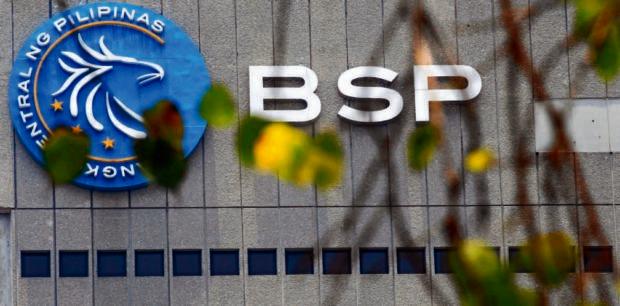MANILA -As widely expected, the Monetary Board (MB) kept the Bangko Sentral ng Pilipinas (BSP) key policy rate at 6.25 percent, where it is expected to stay through the next few months.
Since May 2022, the BSP overnight borrowing rate has risen by a total of 4.25 percentage points from a historic low of 2 percent.
MB chair and BSP Governor Felipe Medalla said in a press briefing their projection for average inflation in 2023 is now at 5.5 percent, lower than 6 percent forecast in February, while the average inflation forecast for 2024 fell slightly to 2.8 percent from 3.1 percent.
Also, the financial markets’ expectations for inflation in 2024 and 2025 are steady and within the government’s target range of 2 percent to 4 percent.
Medalla added that while the growth of Philippine gross domestic product remained robust in the first quarter of 2023, demand indicators have also pointed to a potential moderation in the recent months.
He said this suggested that previous policy rate increases by the BSP continue to work their way through the economy.
“Given these considerations, the [MB] deems it prudent for the BSP to take a pause in monetary policy tightening while remaining ready to respond to emerging threats to inflation,” the chief regulator said.
“The MB also deems it necessary to keep the policy interest rate at its current level over the near term, as ongoing price pressures continue to warrant close monitoring,” Medalla said, adding that this meant the pause might last over the next two or three policy meetings.
The next MB policy meetings will be on June 22, Aug. 17, and Sept. 21.
Medalla said that a “prudent pause” allows monetary authorities to further assess how macroeconomic and financial conditions will evolve in view of tighter global financial conditions.
Still, the policymakers noted that inflation going forward might turn out higher than forecast due to persistent constraints in the supply of key food items, the potential impact of El Niño on food prices and utility rates, as well as the effects of possible additional adjustments in transportation fares and wages.
Down from peak rates
Goldman Sachs said in a commentary that inflation—be it overall or headline, manufacturing prices, or import prices—have come down from peak rates in all economies in the Asia-Pacific region, including the Philippines.
However, core inflation—which excludes items with volatile prices such as food and energy—is still above target in South Korea, India, the Philippines, Australia, New Zealand and even Japan. In Singapore and Taiwan, core consumer price index inflation is above typical historical ranges.
In a convention of government economists in Mindanao, Secretary Arsenio Balisacan of the National Economic and Development Authority said inflation remained a challenge for the Philippine economy.
“High inflation poses a significant threat to full recovery, especially from the economic and social scars inflicted by the COVID-19 pandemic,” Balisacan said.
The chief economic planner said uncontrolled commodity price increases hinder economic progress, human development and poverty reduction.
“Domestic issues, constraints in local food production and importation policies, the spread of animal diseases, climate-related challenges, higher energy costs, and supply chain disruptions contribute to inflationary pressures,” he said. INQ
RELATED STORIES:
Philippines’ finance minister says no reason for rate hike
Philippine inflation eased further to 6.6% in April
Read Next
Subscribe to INQUIRER PLUS to get access to The Philippine Daily Inquirer & other 70+ titles, share up to 5 gadgets, listen to the news, download as early as 4am & share articles on social media. Call 896 6000.
For feedback, complaints, or inquiries, contact us.
For all the latest Business News Click Here
For the latest news and updates, follow us on Google News.

